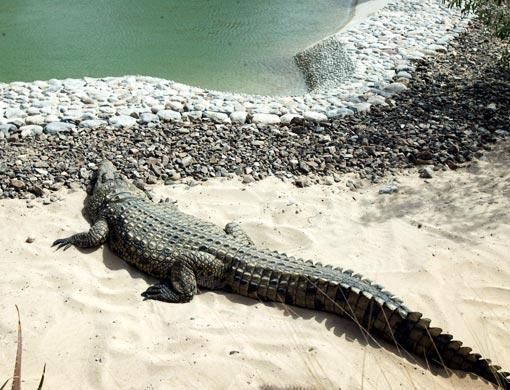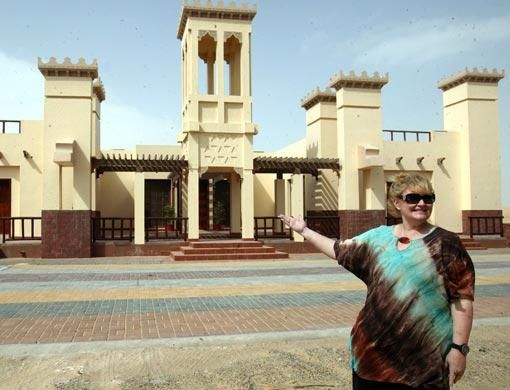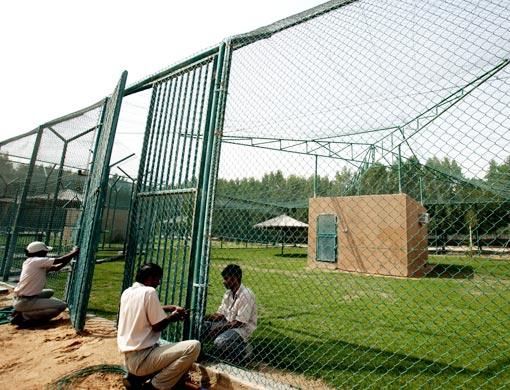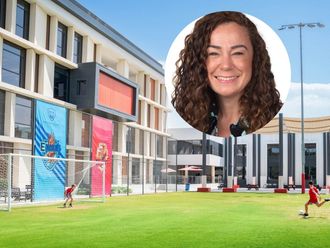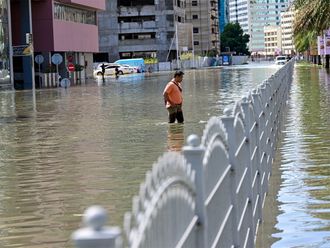Abu Dhabi: The Abu Dhabi Wildlife Centre will soon be relocated to Al Wathba Cheetah Centre on Mussafah Road, which is closer to town and only a 35km drive from the city.
Ronel Smuts, an Abu Dhabi Wildlife Centre (ADWC) manager, has spent sleepless nights taking care of cheetah and lion cubs who were taken from their mothers too early.
"I've worked with animals all my life and this is the only job I know. But I don't see it as a job, it's fun to work with animals and I feel it's what I was born to do," she said.
Smuts made the move to a bigger piece of land for the animals and is now working hard to be able to finalise the project by the end of this year.
The new area has a butchery to provide meat for the animals. One area includes an office and accommodation for Smuts. There is a private seating area or majlis for guests. Other projects due to come up include a nursery for lion cubs, a breeding centre, an education centre and a nature shop.
The education centre is mainly designed for school children, who will have access to a visual basic programme, a presentation, a film on animals and a tour round the centre.
"My main aim is to create conservation and educate the youth and expose them to something they are not exposed to because through them we can encourage others to protect the environment. Education is the key to conservation," said Smuts.
There is also a designated clinic for animals with four hospital rooms fully equipped with surgical and X-ray equipment. The clinic is three times larger than the present one.
Funding plans
"We plan to encourage people to visit the new centre. Shortly after that, we hope to open an exhibit centre for the public. We hope to generate as much funds as possible because that all goes to the welfare and safekeeping of our animals," said Smuts. Guided tours will be available at the new centre.
Outdoor areas in the new facility include 36 camps, four of which are covered for tigers, leopards, and jaguars. Various trees, plants and flowers will be surrounding the camps to protect the animals from dust or wind.
There is also a crocodile pond with two adult crocodiles. It has three designated areas for them and two air-conditioned indoor rooms for summer days.
The crocodiles eat chicken and lamb once every two weeks and can live up to two years without eating much food. By the time the animals are re-located, the inner roads will be done.
There is also a large open area for further extensions and six avenues of trees.
"I didn't want to move the greenery ... I plan to plant jasmine hedges at the edges of the camps to protect the animals from dust or wind," said Smuts.


